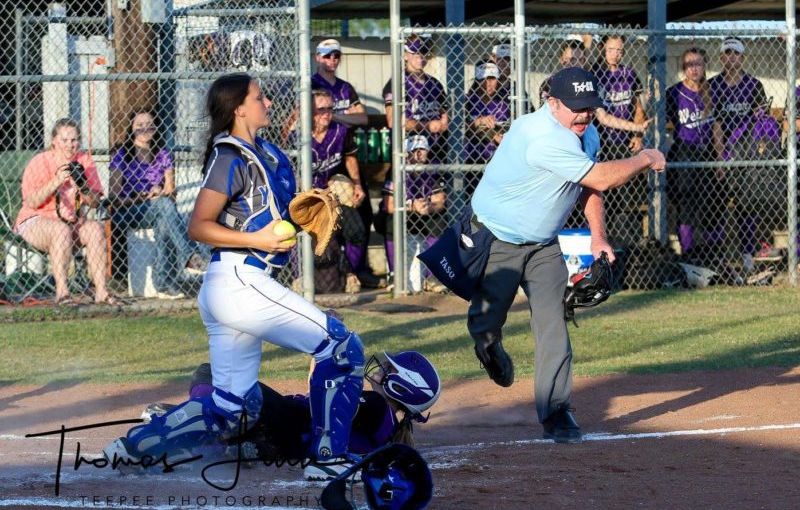
KEEP WATCH ON BASERUNNERS ABANDONING THEIR BASE
Webster’s defines abandonment as “to leave or forsake completely; to give up possession or control of or to give up, discontinue or withdraw from.” No, Webster’s does not author a softball rulebook, but does define the rule nearly perfectly in its dictionary.
Abandoning a base is the simple act of leaving a base without cause. This can happen for many reasons. The most common reason is the baserunner assumes she has or had been called out and leaves the base to walk toward the dugout. Baserunners also leave bases for myriad reasons, including the inning is over, the game is over or simply just a momentary brain lapse. While these situations are rare, it’s vital for umpires to handle them correctly. Rare, obscure calls that an umpire may not see on a regular basis can be the difference between working big games, postseason or moving up to higher levels. It is imperative umpires understand abandonment, what does and does not constitute abandonment and know how to properly rule on it when it does happen.
All four codes are mostly in agreement when it comes to abandonment. NFHS and USA Softball specify that once a runner reaches a base safely, the runner must enter dead‑ball territory before being called out for abandonment (NFHS 8‑6‑19; USA Softball 8‑7u). NCAA rules specify if a runner obviously heads toward her position or the dugout believing she was out, the batted ball was foul, etc., or leaves the field of play, she is guilty of abandonment (12.11.4). USSSA states if a runner leaves the baseline, obviously abandoning her effort to touch the next base, she is declared out (8‑18q).
Let’s take a look at a couple of plays and how the different codes would handle them.


